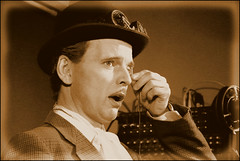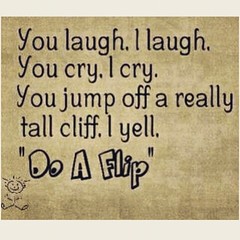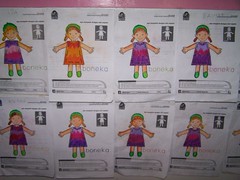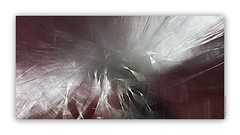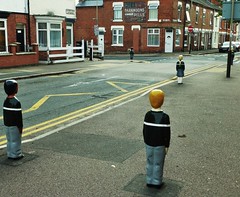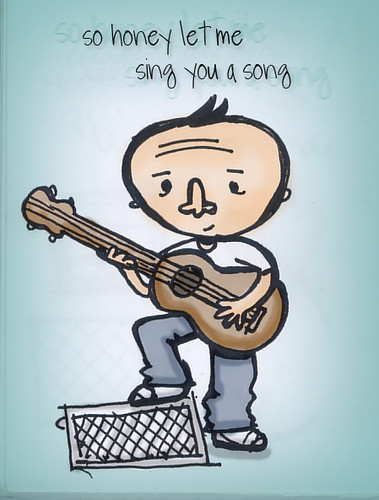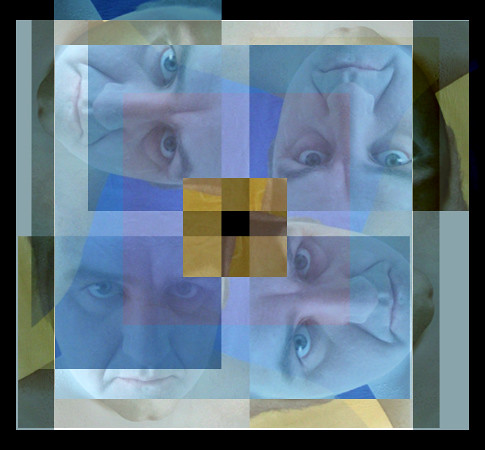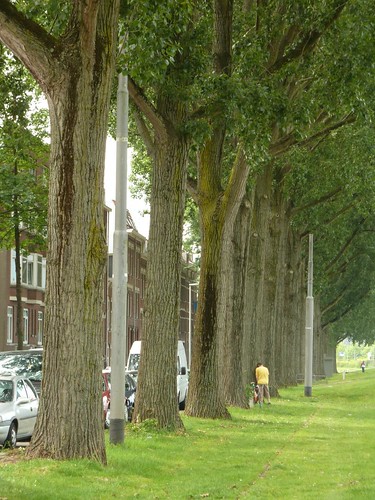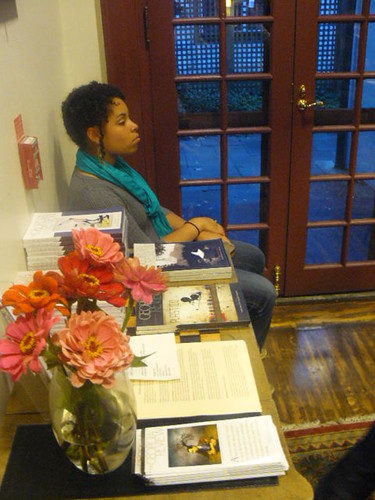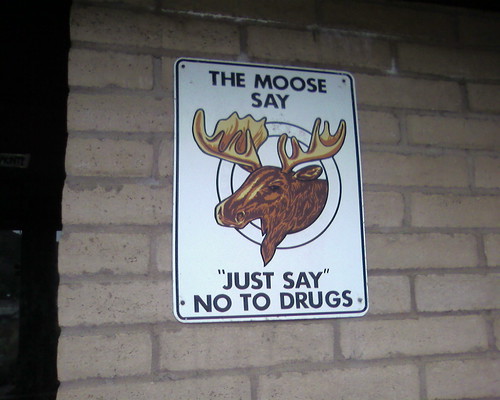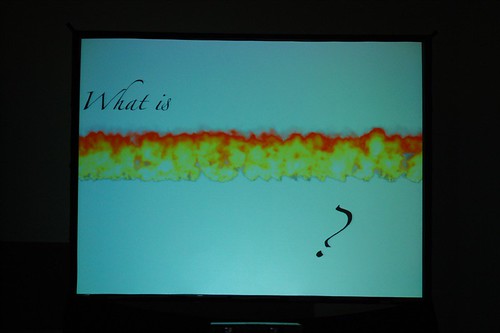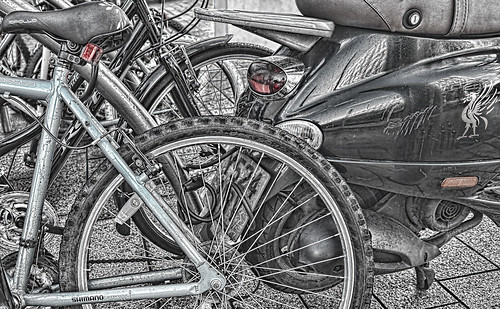The big question for today: "Can Machines make Art?"
Why that question? There's
an interesting interview/profile piece in the New Yorker about a young couple who've made a lot of money creating "viral" / "clickbait" web sites, and apply a lot of number-crunching to hone the headlines in order to drive traffic to their sites, and to keep it there (the revenue streams come from online ads, so the number-crunching's driven by the bottom line for the business). (It's slightly confused - the headlines refer to the guy, the company's named after him, but she's also involved, and 2/3 of the way down, it says she's as "smart" as he is. I came away seeing the business as a joint venture between the two of them, I may be wrong about that.)
The article's interesting as a story of how the internet helped someone make a sack of cash (and yeah, I'm turning out nonchalant phrases here to conceal the twinges of jealousy!), but also as an insight into the Silicon Valley style mindset that got him and his partner where they are today.
One of the owners, a Mr. Spartz, makes a rather bold declaration that came my way via the twittersphere, that vast borg-like internet-age intelligence, via
fellow absorbee Damien Walter, who's since written quite
a searing attack on Spartz, much of which I have to agree with. Anyway, Spartz says:
"Art is that which science has not yet explained"
Putting it into context a little, he's referring to a Katy Perry pop song, and how techniques similar to the ones that he uses to hone his headlines could be used to improve and match the lyrics, vocals, melody etc., and use the wisdom of the crowds to build a better pop song.
So, picking apart his assertion, I'd take away the following observations:
1. He's in danger of confusing art with entertainment
2. He's in danger of confusing statistics with science
3. There's an underlying presumption that "science" will inexorably explain everything
all of which rub me up the wrong way, push my buttons, etc. Having one's buttons pushed is usually an invitation to either indulge one's own prejudices and project one's shortcomings onto someone else, or, to take the road less travelled, ask your own prejudices what they're getting uppity about. The danger of the second approach, of course, is that you might learn something new! I'm feeling reckless - if I am unlucky enough to learn anything new, I can always forget it tomorrow - so here goes.
High and Low Art
I carry around in my baggage a distinction between low and high art, and think - sure, techniques like Spartz uses could be applied to low art/entertainment, but not to the high-minded stuff that I like. This gives me a warm fuzzy feeling of superiority, and an unshakeable belief that I'm safe from The Machine that's going to come lumbering our way.
But what, actually, is the difference? After all, I like a lot of Low Art (a.k.a. art without pretensions at grandeur) too. My two young daughters have got me hooked on Disney's "Frozen", to the point where I'll speak well of it in adult conversation, for example!
The clearest distinction that I can make, which isn't quite the same thing as High vs. Low, is art that comforts versus art that challenges.
Terry Gilliam sums it up quite nicely - when telling a story, we can either apply closure, and wrap up all the ends to a story neatly (in terms of plot, emotional trajectories of the characters, the audience, etc.) or we can choose to leave the audience hanging, unsure of what has just transpired (he quotes Kubrick's 2001 as a prime example of the latter). Questions are more interesting than answers, as Pablo Picasso allegedly said, so leaving the audience with a question, requiring them to think, and form their own opinions, is surely a mark of respect.
Re-consulting my baggage at this point, it tells me to shut up and stop worrying - that Spartz's techniques would be able to work on closure-driven feel-good material, but would fall apart on the challenging stuff. Ah baggage, you're leaking information there, always brusque and unpleasant when you're feeling threatened!
Sure, statistical methods can be successfully applied to feel-good stories. That's not new, they already are, a great deal, I expect. George Lucas probably took a big step in this direction with Star Wars, by applying Joseph Campbell's Hero's Journey so rigorously, to create a story and characters that the reader would recognise already. His approach has been honed over the years to the point where the skeleton of the formula often protrudes uncomfortably close to the surface, as another action hero overcomes self-doubt to win the heart of the woman he loves and defeat the CGI baddies. These cook-by-numbers tales track the zeitgeist remarkably well - to wit the increasing feistiness of Disney princesses and kick-ass-ness of their YA female counterparts, and the increase in sensitivity and reflectiveness (moodiness if you want to keep it macho) in the male counterparts. I applaud "Frozen" for turning Prince Charming into a Love Rat and replacing the formulaically climactic wedding scene with the recognition that other kinds of love have their power too, but it's an evolution, not a revolution.
We already describe this kind of storytelling as "formulaic", but technically, there's a difference between that and what Spartz is doing. Applying a known formula that's known in advance, requires a belief that this is what the audience will like/will sell tickets/whatever. Spartz' algorithm is blind - he uses hunches to come up with a range of starting headlines (and admits to having some skill here), then lets the users' decide, involuntarily, which variant "wins". As with any pseudo-Darwinian approach, the key is understanding how "fitness" is defined. Spartz is playing a lowest-common-denominator game, with casual browsing content, so the definition's relatively easy: number of eyeballs wins. With a high-profile movie? The studio will be looking at sales, obviously, but is there some scope for audience satisfaction or even aesthetics in there too? Hollywood's tried and tsted process of focus groups already does this to some extent,
I don't see that applying Spartz-style techniques to "improving" songs, novels or movies would be as major a breakthrough as the New Yorker article suggests.
So, what about High Art? The more interesting question, to me, is whether High Art is as immune to statistical improvement as I would like to think it is? (I'm assuming there is broad support for this premise amongst fellow proponents of High Art, the question of what I personally think isn't that important on it's own!) Is most High Art good, simply because it lacks closure or a single fixed meaning? I can think of a number of arthouse films that would have benefitted from tighter dialogue, better storytelling and/or clearer editing, without sacrificing their originality or individuality.
As a self-styled High Artist, I'm not altogether comfortable with these questions. I'd be quite happy with my art being a mystical communion with the universe, inviolable by statistics, thank you very much. I'd better keep reminding myself that discomfort is a good thing!
